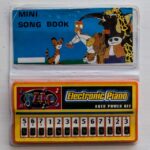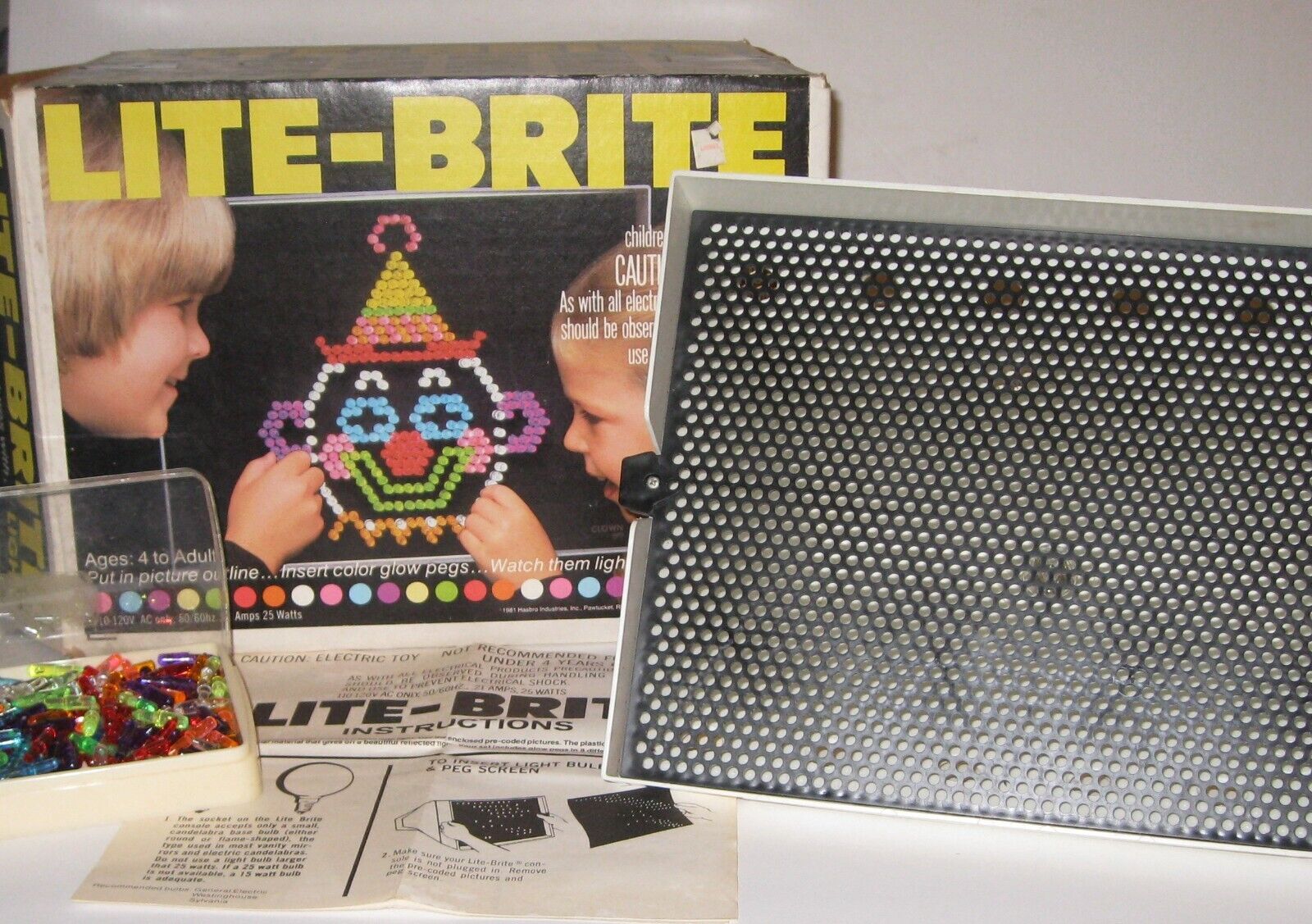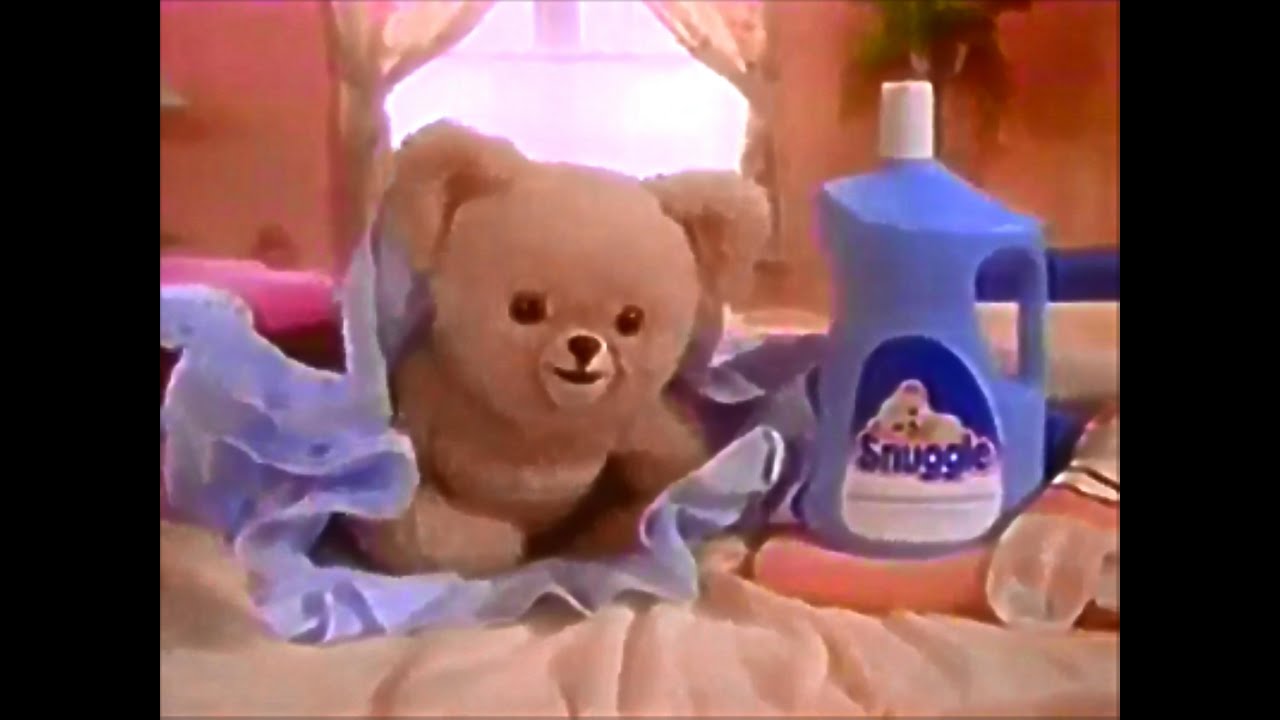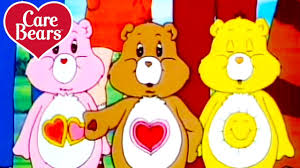 Few childhood gadgets from the 1980s conjure such vivid memories as the electric mini piano. That unmistakable plinky sound, the tiny plastic keys, and the blinking lights made it a must-have for a generation of kids raised on neon colors, cassette tapes, and Saturday morning cartoons. These compact musical toys weren’t just novelties—they were tiny engines of imagination that introduced millions of children to the basic joy of making music. Long before apps or smartphones, a battery-powered mini piano could transform a rainy afternoon into a full-blown living room concert.
Few childhood gadgets from the 1980s conjure such vivid memories as the electric mini piano. That unmistakable plinky sound, the tiny plastic keys, and the blinking lights made it a must-have for a generation of kids raised on neon colors, cassette tapes, and Saturday morning cartoons. These compact musical toys weren’t just novelties—they were tiny engines of imagination that introduced millions of children to the basic joy of making music. Long before apps or smartphones, a battery-powered mini piano could transform a rainy afternoon into a full-blown living room concert.
The electric mini piano wasn’t designed for technical prowess or formal training. Most models had just a couple of octaves, their keys shrunken down to fit tiny fingers and small laps. But despite their modest scale, they packed a lot of punch. The sound was far from concert-hall quality—thin, tinny, and metallic—but it had a futuristic charm that felt at home in the synth-obsessed era of early MTV. Pop music stars like Prince, Devo, and Cyndi Lauper made keyboards look impossibly cool, and toy companies knew it. If you were a kid in the 1980s, owning one of these pint-sized instruments felt like stepping into the spotlight, ready to rock.
The build was usually simple: a colorful plastic shell, 24 to 32 keys, a small speaker, and some cheerful design flourishes. Some had stickers on the keys to guide learning, while others came with miniature songbooks featuring classics like “Chopsticks” or “Mary Had a Little Lamb.” It wasn’t about mastering Mozart—it was about discovery. Tap a key, make a sound. Tap more, and suddenly, there’s a tune. That kind of creative freedom felt exhilarating, especially for children who had never touched a real instrument. And for those who did go on to play guitar, piano, or drums later in life, the mini electric piano was often their first true musical companion.
A few standout brands led the charge during the decade. Casio, in particular, found huge success with its VL-Tone and PT-series keyboards. The VL-Tone was a curious hybrid between a calculator and a synthesizer, capable of creating simple custom tones and famously used in some professional recordings. Casio’s PT-10, PT-20, and other models introduced preset rhythms—bossa nova, waltz, march—that allowed kids to play along with programmed beats. Bontempi and Yamaha also released mini keyboards that ranged from stripped-down musical toys to slightly more advanced tools with rhythm patterns and built-in demo songs. Some could even record and play back simple performances, giving kids their first taste of music production.
The design aesthetic was pure 1980s—bold, blocky, and fun. These pianos came in firetruck reds, sunny yellows, and bubblegum pinks. A few featured animal faces, stars, rainbows, or geometric patterns, and others were shaped more like cartoon instruments than anything found in a concert hall. Many had flashing LED lights above the keys that pulsed as notes were played, creating a light show that turned even the simplest melody into a spectacle. In dimly lit bedrooms or on family room floors after dark, those blinking lights felt like magic.
Though they were mass-produced and relatively inexpensive, these mini pianos often became cherished items in a child’s toy chest. They weren’t just noise-makers; they were sources of pride. Kids showed off their musical discoveries to parents, siblings, and stuffed animals. Some even formed imaginary bands or put on mini recitals. It wasn’t uncommon to see a child banging out their best version of a Christmas carol or making up original songs about school, pets, or candy. The experience was intimate and personal, and for many, profoundly formative.
Parents, however, sometimes had a different perspective. The joyful racket produced by an electric mini piano could wear thin after a few hours. Many models featured built-in demo songs that looped endlessly at the push of a button. “Für Elise” or a hyper-speed rendition of “Jingle Bells” might play on repeat until batteries wore down or parental patience evaporated. Sound effect buttons—laser blasts, cartoon giggles, drum hits—only added to the chaos. But despite the occasional audio overload, there was often a quiet appreciation for the creativity and engagement the toy inspired.
Toy commercials in the 1980s leaned hard into the musical fantasy. TV ads showed kids playing like pop stars, grooving with oversized headphones and dancing to tinny keyboard beats. These weren’t just toys—they were a lifestyle. Advertisers painted the electric mini piano as a passport to coolness, self-expression, and fun. For many kids, especially those who couldn’t afford piano lessons or full-sized keyboards, these toys were the next best thing—and sometimes even better.
As the 1990s rolled in, the mini piano gradually lost its place in the spotlight. New toys based on more advanced technology, video games, and evolving tastes began to dominate. The electric mini piano wasn’t gone, but it was no longer the centerpiece it had once been. Still, it never entirely disappeared. Collectors now search for vintage models on auction sites. Musicians sample their lo-fi sounds in retro-inspired tracks. Nostalgia for their cheerful buzz and clunky charm has only grown over time.
A handful of modern reissues and novelty versions still hit the market now and then, often designed to appeal to adult collectors or parents looking to introduce their children to a simpler kind of musical play. While today’s toy landscape is filled with sophisticated apps, digital instruments, and Bluetooth-enabled gadgets, the appeal of the electric mini piano remains. There’s something timeless about the physical act of pressing a key and hearing an immediate sound, no loading screen or software update required.
For those who grew up with one, that little plastic keyboard holds a special place in the heart. It was more than just a toy. It was an early doorway into music, creativity, and self-expression. It made you feel like your fingers could create magic. The sound may have been simple, but the memories it left behind—those are beautifully complex.


